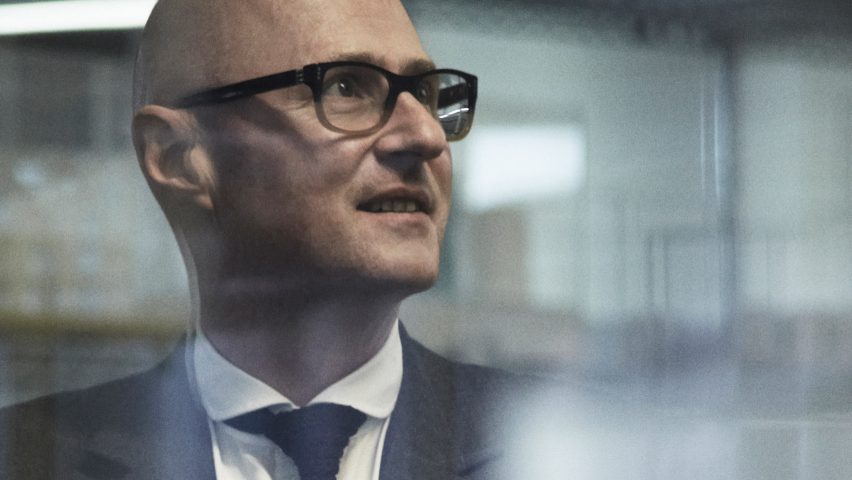As 2021 draws to a close, RIBA president Simon Allford sets out how architects should be prioritising reuse to help fight climate change.
In the wake of the pandemic and in the face of the climate emergency, what role can – and should – architects play in shaping the future?
Globally, the built environment contributes almost 40 per cent of all energy-related carbon emissions. As a profession we therefore have a major opportunity and responsibility to have a positive impact.
This can only be achieved through deep and meaningful collaboration – from clients to consultants, contractors, manufacturers, regulators, the public and governments too. Working together, we can ensure that buildings meet the sustainability standards that can and must be achieved.
We must seek to preserve and minimise embodied carbon
Doing so will involve a radical alteration in the way we inhabit the ecosystem of our planet. And the UK's new green economy must help drive the greater design project that Buckminster Fuller presciently described in 1969 as the "Operating Manual for Spaceship Earth" – so that we may best understand, manage, preserve, and sustain our planet and its finite resources.
So, what does this mean in practice? Retrofit, or as I prefer to call it, reinvention, must play an ever more significant role in how we design.
We must seek to preserve and minimise embodied carbon through prioritising the reuse and adaptation of existing buildings, and where this is not viable, project teams should attempt to meet demanding embodied carbon targets when building new, as outlined in RIBA's 2030 Climate Challenge. But these targets are tough – and 2030 is only eight years away.
As an architect though, I remain an optimist. I believe that through sharing knowledge, or as it was termed at one COP26 event, "deep collaboration", we can make the rapid progress required. Innovation has never been about style nor actions of derring-do.
Rather it has been and should be about directly tackling the great problems we face. Our current problems demand great thinking, and so whilst exacting, these are also exciting times.
Now – be it through new build or reinvention – we must develop the maxim of former Royal Institute of British Architects president Alex Gordon: "long life, loose fit, low-energy".
Fifty years on from his presidency as we pursue a low-carbon future, we should absolutely be designing for longer life, looser fit, and lower carbon – ensuring that we are designing what I call "forever architecture".
Architecture must become permanent infrastructure
While doing this, we must also note that architecture must always lift the spirit of all who pass by and those who enter. Only then can we be sure that future generations will not only be able to adapt but that they will want to adapt the architecture they inherit.
As we know for sure, no-one retains a building that is not loved. Architecture must become permanent infrastructure, to be renewed and reused by future generations.
Simon Allford is the current president of the RIBA and a founding director of architecture studio Allford Hall Monaghan Morris. He is also a visiting professor at Harvard, a previous chairman of the Architecture Foundation, and a sitting trustee of the London School of Architecture and the Chickenshed Theatres Trust. The portrait is by Devin Blair.

